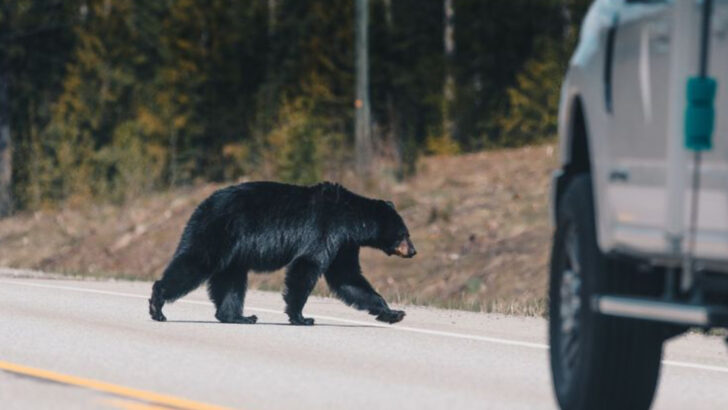Bears are losing their patience—and their fear of humans.
One U.S. state has seen a surge in bear attacks, leaving hikers, campers, and even backyard loungers on edge. These once-elusive giants are showing up where they shouldn’t, rummaging through trash cans, wandering onto porches, and in some cases, charging at people. What’s behind this growing conflict?
From shrinking habitats to careless human behavior, the balance between bears and people is shifting fast—and not in a good way. Encounters that used to end with a bear retreating into the woods are now turning into dangerous standoffs.
Before you pack your bags for bear country, you need to know what’s fueling this rise in attacks—and what you can do to avoid becoming the next headline.
Urban Encroachment
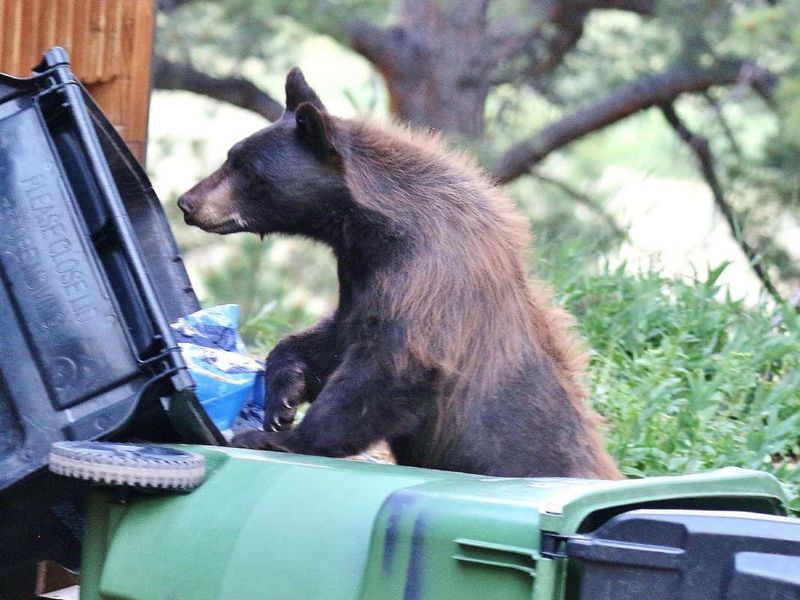
Urban expansion into bear habitats is a key factor in the rise of bear attacks. As cities grow, forests shrink, and bears lose their natural homes.
This forces bears to venture into human territories in search of food and shelter. With less space to roam, encounters between bears and humans are more frequent.
Bears are curious by nature, and the smells and sights of urban areas attract them. This can lead to dangerous interactions as bears search for food in garbage or residential areas. Respecting wildlife boundaries is crucial for safety on both sides.
Climate Change
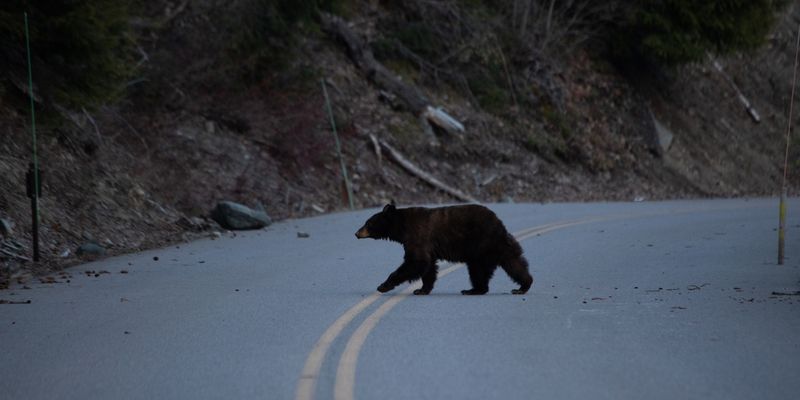
Climate change has disrupted natural habitats, forcing bears to adapt in new and often dangerous ways. As temperatures rise, food sources become scarce.
Bears are driven to seek sustenance outside their natural environment, increasing the likelihood of human encounters.
Seasonal changes also affect bear behavior. Shorter winters mean bears wake from hibernation earlier, searching for food when it’s still scarce. Understanding these changes helps in crafting strategies to mitigate risks and protect both bears and humans.
Food Scarcity
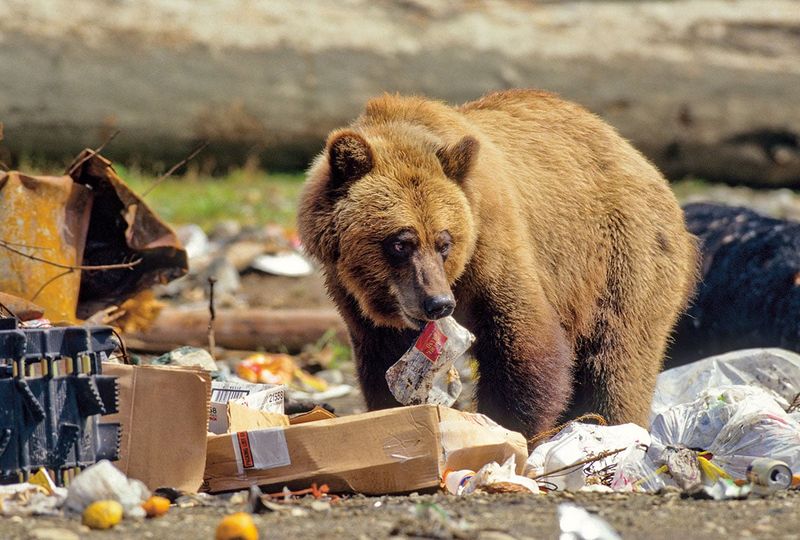
Food scarcity is a pressing issue pushing bears into human areas. When natural food sources diminish, bears look elsewhere.
This often means venturing into towns and cities where food is more accessible, albeit in garbage bins and residential areas.
The lack of natural food compels bears to take risks they might otherwise avoid. Encouraging responsible waste management and community awareness can significantly reduce these interactions.
Human Food Lures
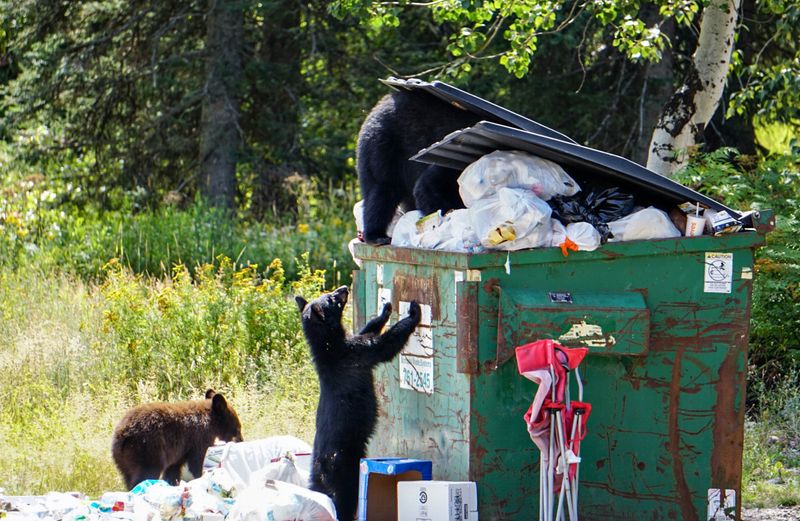
Improperly stored human food is a major lure for bears. Campsites and backyards with accessible food can attract bears from miles away.
This results in bears associating humans with food, a dangerous connection that can lead to more aggressive behavior.
Ensuring food is stored properly, using bear-proof containers or hanging food in trees, is essential. It’s a simple yet effective measure to keep both bears and humans safe.
Loss of Natural Predators
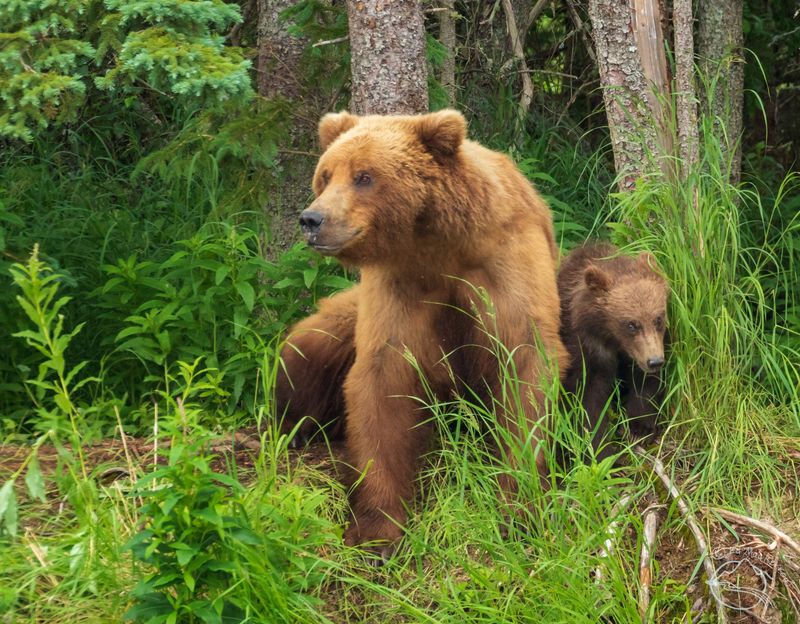
The decline of natural predators for bears has altered the ecosystem balance. Without predators, bear populations can increase unchecked.
More bears mean more competition for food and territory, driving them into human areas.
Reintroducing certain predators where feasible, or managing bear populations through controlled measures, can help restore balance to the ecosystem. This approach requires careful planning and community involvement.
Diminished Forest Areas
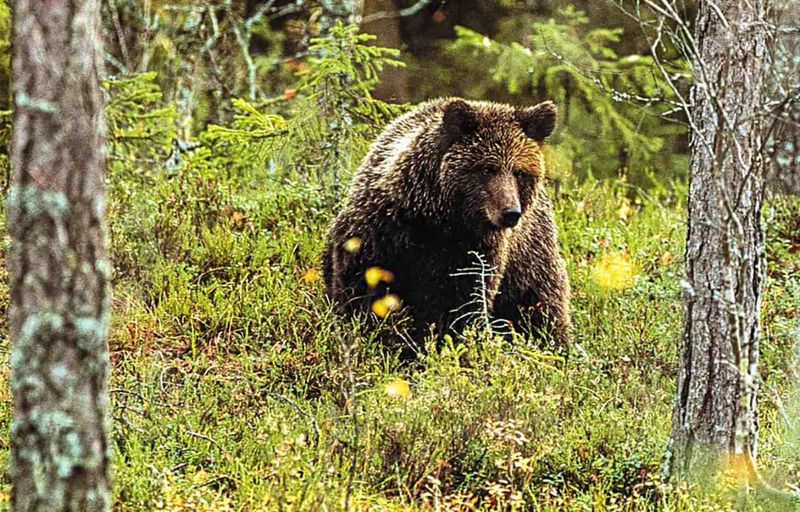
Deforestation plays a significant role in increasing bear attacks. As forests disappear, bears lose their homes and food sources.
Driven into urban areas, they face unfamiliar and often dangerous environments.
Conservation efforts to protect forested areas, along with reforestation initiatives, are vital. They provide bears with the space they need to thrive and reduce human-bear encounters.
Increased Bear Population
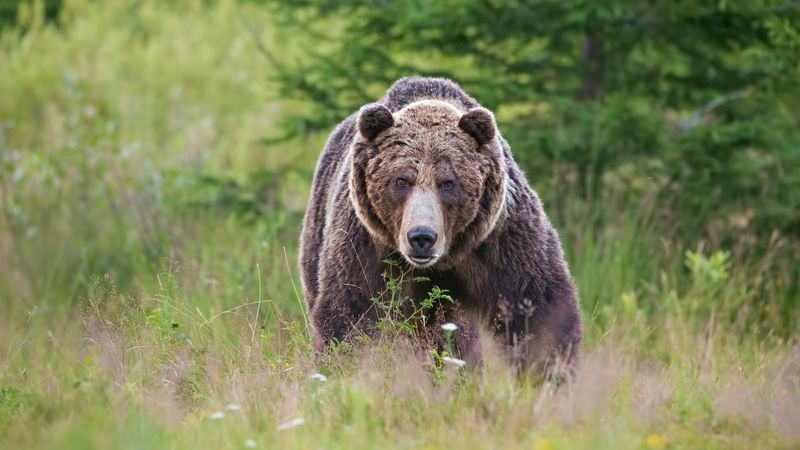
An increase in bear populations without a corresponding increase in habitat leads to more encounters with humans. With limited resources, bears venture into towns for food and space.
Managing bear populations through ethical means can help reduce these encounters.
Educating communities about bear behavior and creating awareness about coexistence can foster a safer environment for both bears and humans.
Extended Droughts
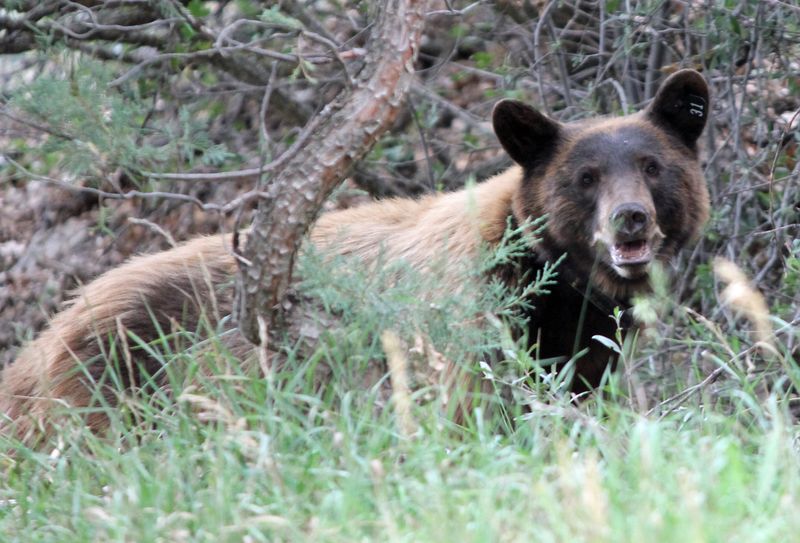
Extended droughts affect water and food availability, forcing bears to travel further in search of sustenance. These journeys often lead them into human territories.
As water sources dry up, bears face increased stress, making them more unpredictable.
Ensuring access to natural water sources and protecting these areas can help mitigate this risk. Community efforts to conserve water and support wildlife-friendly policies are key.
Tourism and Recreational Activities
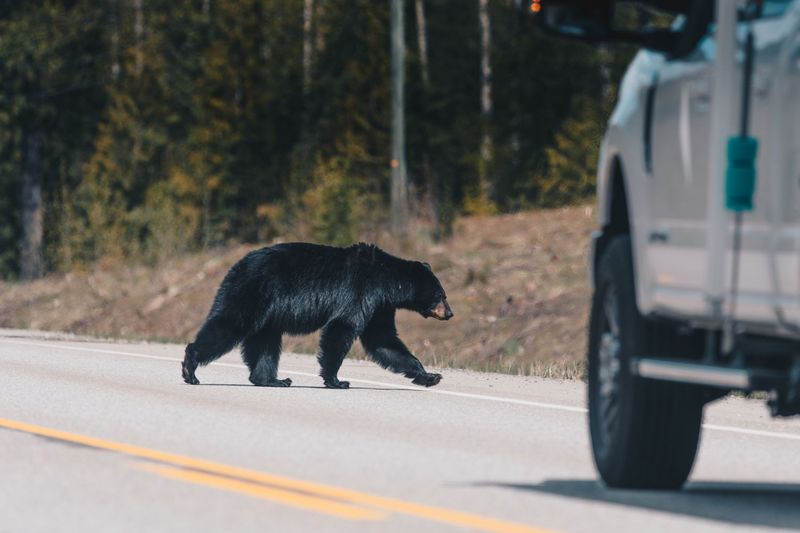
Increased tourism in bear habitats can lead to more encounters. Hikers and campers often enter bear territories, sometimes unknowingly leaving food behind.
This attracts bears and increases the likelihood of attacks.
Educating tourists about proper behavior in bear habitats and promoting the use of bear-proof bins can help. This ensures that both tourists and bears can safely share these beautiful spaces.
Lack of Public Awareness
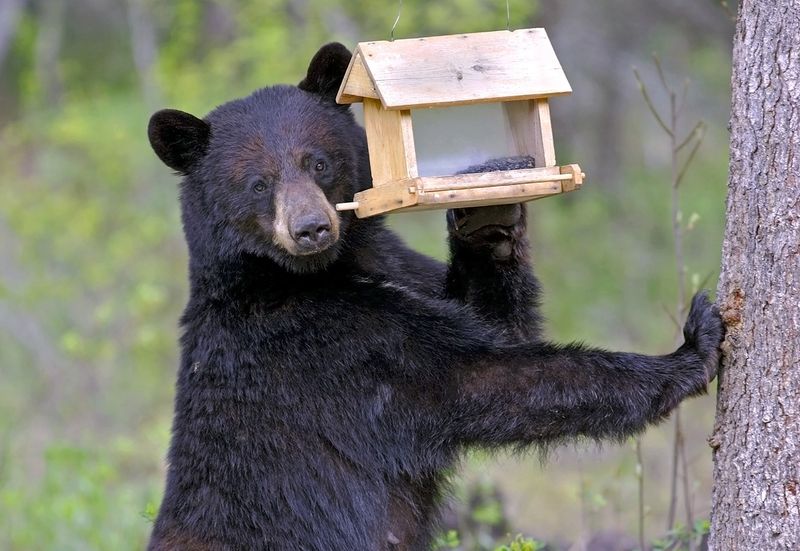
A lack of awareness about bear behavior and safety measures can increase attack risks. Many people are unaware of how to react during an encounter.
Education programs and community workshops can significantly reduce these risks by teaching people how to coexist with bears.
Schools, community centers, and parks can play a vital role in spreading this knowledge, fostering a safer environment for all.
Natural Disasters
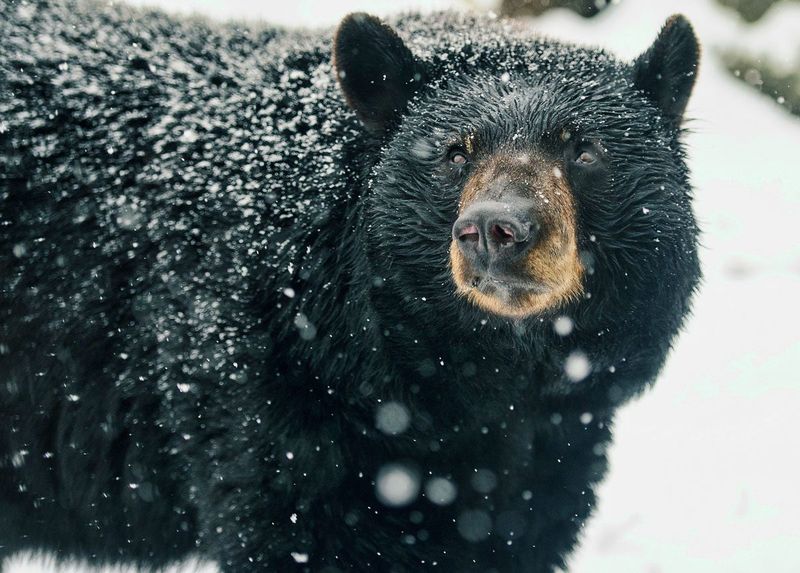
Natural disasters, like wildfires, displace bears, forcing them into human areas. These sudden changes disrupt their territories, leading to increased encounters.
Bears seeking new habitats may become more aggressive if confronted.
Preparedness plans and immediate response strategies can help communities handle these situations. Supporting wildlife rescue and rehabilitation efforts also plays a crucial role in addressing this issue.
Illegal Poaching
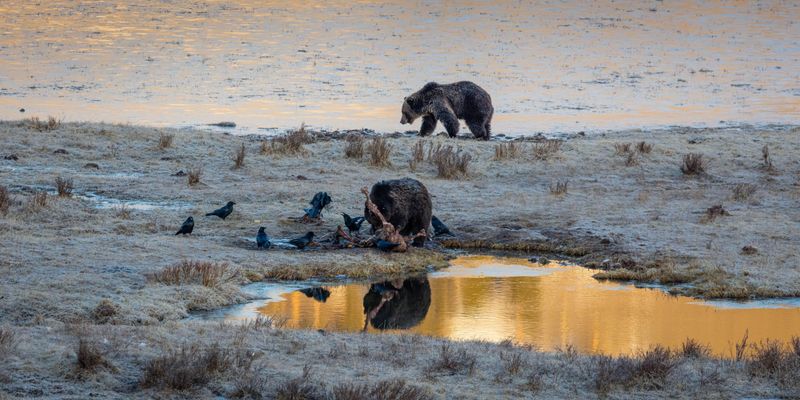
Illegal poaching disrupts bear populations and habitats, forcing survivors into unfamiliar territories. Poaching reduces natural food sources and increases stress on bear populations.
This can lead to more aggressive behavior as bears struggle to survive.
Strict enforcement of anti-poaching laws and community vigilance is vital. Supporting conservation groups and participating in awareness campaigns can help protect these majestic creatures.

